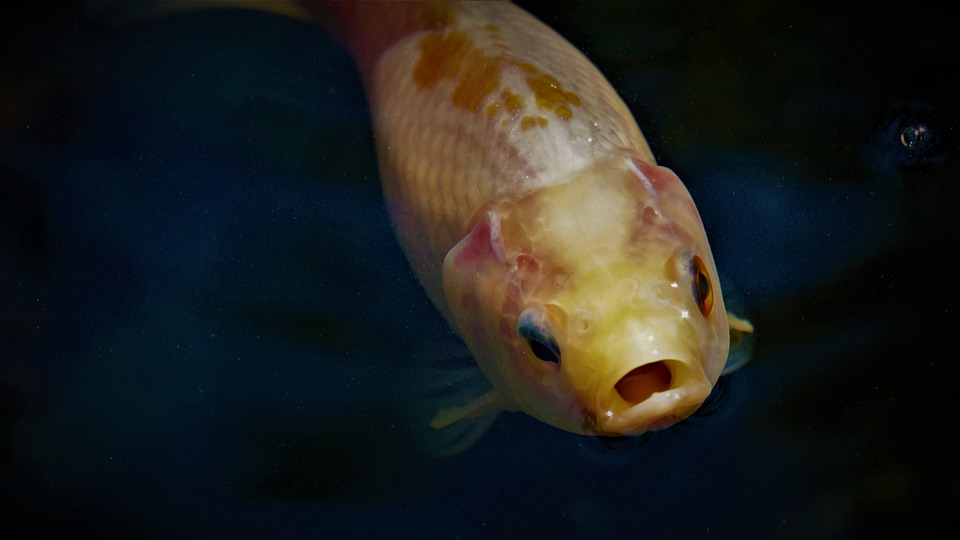Having a fish tank can be a source of joy and relaxation, but it can also come with its fair share of challenges. One common issue that fish tank owners encounter is buoyancy problems. When your fish tank is not floating properly, it can cause stress for your fish and even lead to health issues. In this comprehensive guide, we will explore the common causes of fish tank buoyancy problems and provide you with effective troubleshooting techniques to keep your fish tank afloat. Read on to learn more!
Understanding Fish Tank Buoyancy Problems
Before we dive into troubleshooting, let’s understand what causes fish tank buoyancy problems. These issues typically arise when there is an imbalance between the weight of the tank and the buoyant force exerted by the water. This imbalance can lead to a tank that floats too high, sinks too low, or tilts to one side. Several factors can contribute to these issues, including:
1. Improper Tank Size: Choosing the right tank size is crucial to maintaining proper buoyancy. If your tank is too small for the number and size of fish, it may become top-heavy and prone to floating or tipping.
2. Incorrect Placement: Placing your fish tank on an uneven surface or near a heat source can affect its buoyancy. Uneven surfaces can cause the tank to tilt, while excessive heat can cause the water to evaporate, changing the tank’s weight distribution.
3. Water Quality Issues: Poor water quality can impact the buoyancy of your fish tank. High levels of dissolved solids or improper pH levels can affect the density of the water, causing the tank to float differently.
4. Improper Equipment: Faulty or inadequate equipment, such as air pumps or filters, can disrupt the water flow and lead to buoyancy problems. Insufficient aeration may also affect oxygen levels, affecting the overall health of the fish.
Now that we understand the common causes, let’s move on to troubleshooting techniques to resolve fish tank buoyancy problems.
Troubleshooting Techniques for Fish Tank Buoyancy Problems
1. Assess Tank Size and Stocking: Evaluate the size of your tank and the number and size of fish it accommodates. If you notice buoyancy issues, consider upgrading to a larger tank or reducing the number of fish to achieve a better balance.
2. Check Placement and Level: Ensure your tank is placed on a sturdy, level surface. Use a spirit level to check for any tilting. If the tank is not level, use shims or adjust the surface to achieve a balanced position.
3. Maintain Water Quality: Regularly test and monitor the water parameters, including pH, ammonia, nitrite, and nitrate levels. Perform water changes as needed to maintain optimal water quality. Consider using a water conditioner to neutralize harmful chemicals in tap water.
4. Inspect and Replace Equipment: Check your air pumps, filters, and other equipment regularly for proper functioning. Clean or replace any clogged or worn-out parts. Ensure the equipment is suitable for the size of your tank and the needs of your fish.
5. Provide Proper Aeration: Adequate oxygen levels are crucial for fish health and water balance. Consider installing additional air stones or adjusting the air pump settings to enhance aeration.
FAQs – Frequently Asked Questions
Q: Can overfeeding cause buoyancy problems in fish tanks?
A: Yes, overfeeding can lead to buoyancy problems. Uneaten food can decompose and release gases, affecting the water quality and causing the tank to float improperly. Feed your fish only what they can consume within a few minutes.
Q: How often should I perform water changes to maintain optimal water quality?
A: The frequency of water changes depends on various factors such as tank size, stocking levels, and filtration efficiency. As a general guideline, aim for a 25% water change every two weeks. However, closely monitor water parameters and adjust the frequency accordingly.
Q: Can adding live plants help with fish tank buoyancy problems?
A: Live plants can contribute to a healthier tank environment by absorbing excess nutrients and producing oxygen. They can help stabilize water quality and maintain proper buoyancy. Additionally, plants provide hiding spots and reduce stress for fish.
Conclusion
Maintaining proper buoyancy in your fish tank is essential for the overall health and well-being of your aquatic pets. By understanding the causes of buoyancy problems and following the troubleshooting techniques provided in this comprehensive guide, you can ensure a balanced and thriving fish tank environment. Regular monitoring, correct equipment usage, and maintaining optimal water quality are key to resolving and preventing buoyancy issues. Happy fishkeeping!









